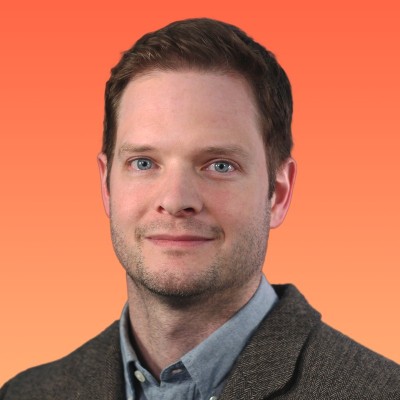The notion that contemporary design is becoming generic, homogeneous, and just plain boring is not a revelation. Numerous designers, including myself, have extensively discussed this topic. However, it remains uncertain whether anyone has truly unraveled the definitive reasons behind this phenomenon, or if it is simply a matter of perception.
There are numerous explanations for why many believe design has become bland:
- Globalization: The internet has made design accessible worldwide, leading to the sharing of design styles.
- Corporate Branding: Some companies opt for safe designs to avoid controversy, resulting in similar designs.
- Lack of Creativity: Hesitation to take creative risks leads to uninspired design.
- Design by Committee: In larger organizations, designs aim to please everyone, risking originality.
- Social Media Pressure: The pursuit of viral content can sacrifice uniqueness.
- Educational Influence: Design education can favor specific styles, leading to homogeneity among new designers.
- Copy-Paste Culture: Easy copying can stifle diversity and originality in design.
Although these points are compelling, I propose a distinct hypothesis to explain the generification of design — and it all started with the birth of streaming media services.
Media Overload
In my estimation, streaming media companies such as Netflix and Spotify are partly responsible for the generification of design. To be fair, I am not directly accusing these companies of their role in the soulless design we experience around every corner. After all, they are just capitalizing on an expanding and lucrative market.
To explain why these media services bear some responsibility for the boring designs that surround us, I must first paint a picture of the world before the streaming services infiltrated our lives.
As a child growing up in the early ’90s, the internet was just beginning to take shape. At that time in history, most of us obtained our entertainment from the radio, television, music stores, and Blockbuster (may they rest in peace). While the idea of leaving your comfy gaming chair to drive to a store and rent a video game may sound tedious to some, this activity created a cultural phenomenon and fostered a deep connection within our society — a connection that seems to be missing in today’s streaming-dominated culture.
For example, when a popular show, movie, or song was released, most people had some level of awareness, even if they didn’t necessarily enjoy it. The limited content and widespread accessibility allowed everyone, from grandmothers to coworkers, to be up to date on cultural references. Whether it was knowing the Macarena dance or discussing the latest episode of ER by the office water cooler, these shared points of interest connected people across different backgrounds.
Jumping ahead over 20 years, the sheer abundance of content offered by various streaming services and products has made it increasingly improbable for our culture to share a significant overlap in our media preferences. Now, more than ever, we find ourselves having less in common. And when we layer in the growing divide of political and ideological undertones, it becomes evident that our interests and experiences are drifting further apart from those of our coworkers, family, community, and neighbors.
Culture Drives Design
Now, you may wonder, what does this have to do with design?
As a culture, the entertainment we engage with, such as the music we listen to and the television shows we watch, significantly influences our collective design taste.
Not only that, but it allows the entire culture to resonate with a common design language. It’s the same reason specific fonts, colors, and images embody historical eras. Our experience drives our design preference. And when we share the same experiences, we tend to share the same tastes.
Yet, as a culture, we now face an identity crisis. No longer are we connected by the golden thread of mainstream entertainment and pop culture. This lack of connectivity has caused the essence of design to become diluted and purely transactional. There is no collective identity to target anymore, forcing design to be sterile and bland to better communicate with diverse tastes.
Design is a language partially shaped by the media we consume. In a way, we understood the same design language because we were somewhat exposed to the same ideas, information, and experiences. However, now that we consume such a vast array of media, we no longer experience the same design catalysts.
When people don’t speak the same language anymore, we’re forced to communicate through rudimentary means, such as basic graphics, icons, and imagery. Adding any character or cultural relevance risks ambiguity.
A Bleak Future For Design
Many people will probably disagree with my theory. They may even say that the internet and various media sources have provided greater access to diverse ideas and allowed for more creative expression. And I would happily agree with these points. However, what is the cost of this nearly unlimited source of assorted media and personalized experiences?
There’s no doubt in my mind that the generification of design will continue to grow as the variety of media content access points expands — pushing us further apart while creating what can only be described as filter bubbles within society. And with the advancement of AI, it won’t be long before we create even more unique and individualized content, separating us even further from a collective media experience. We may become so disconnected from any cultural identity that design will be stripped down to its fundamental building blocks, losing any character or soul that connected us to society.








